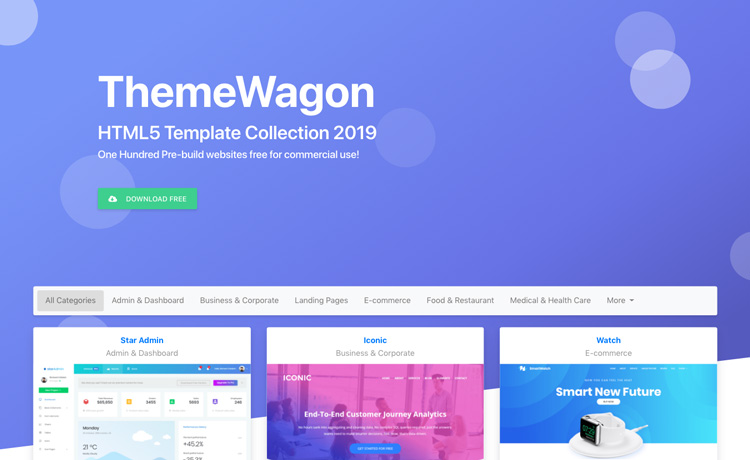

#OPEN SOURCE WEB TEMPLATE UPDATE#
Ease of design change: presentation variations on templates are "content invariant", meaning a web designer can update the presentation without wider infrastructural preoccupations.Moreover, it has the following advantages to its use: įor other members of the "site team", a template system frees webmasters to focus on technical maintenance, content suppliers to focus on content, and for all of them more reliability. These components may include a header, footer, global navigation bar (GNB), local navigation bar, and content well.įor programmers the template language offers a more restricted logic, only for presentation adaptations and decisions, not for complex (business model) algorithms.

Style standardization Separation of concernsįor the web designer, when each web page comes from a web template, they can think about a modular web page structured with components that can be modified independently of each other. specify a content resource to generate or update the content of each news item.specify the "presentation standards" through web templates, for each group of news.group news items with different presentation needs.choose a web template system to maintain the website.A typical strategy to automate the web-designer's "repetitive work" is: Consider a "static website", where all web pages are static, built by a web designer, and that needs to add and update pages every day. įor an introductory overview, a news website is used as example.

Various agencies and organizations use web template systems for mass-production of content when slower production alternatives prove unfeasible. Motivations and typical uses Mass-production For purposes of this article, web documents include any of various output formats for transmission over the web via HTTP, or another internet protocol. The template and content resources are processed and combined by the template engine to mass-produce web documents.


 0 kommentar(er)
0 kommentar(er)
